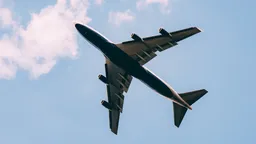A study commissioned by Carbon Market Watch and Transport & Environment (T&E), and conducted by TAKS analysed the emission reductions, costs and auctioning revenues generated by extending the scope of the Emission Trading System (ETS) for aviation. The three scenarios analysed are 1) the European Commission’s (EC) proposal as part of the Fit For 55 (FF55) package where the ETS only applies to intra-European flights, 2) semi scope: ETS scope is expanded to include all departing flights from the EU and 3) full scope: ETS scope is expanded to cover all incoming and departing flights. In scenarios 2 and 3, the UN’s offsetting scheme (Corsia) costs for routes covered by the ETS are reimbursed to avoid double coverage. The study also assesses the impact of different baselines and levels of participation in Corsia on the overall results.


